Tag: therapy
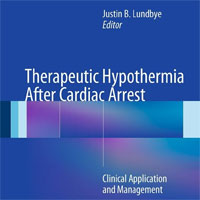
Therapeutic Hypothermia After Cardiac Arrest
Therapeutic hypothermia has emerged as a very important treatment option for patients with cardiac arrest as it provides significant protection from developing neurologic injury once the patient has been successfully resuscitated.... read more
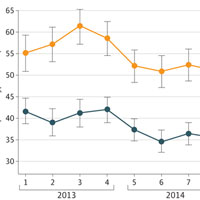
Temporal Trends in the Use of Therapeutic Hypothermia for Out-of-Hospital Cardiac Arrest
The use of therapeutic hypothermia decreased in a large US registry of patients with out-of-hospital cardiac arrest soon after the publication of a study supporting more lenient temperature thresholds. Concurrent with... read more

Lactate and Stepwise Lactate Kinetics Used to Guide Resuscitation
Lactate is an important parameter for monitoring tissue perfusion at present. Lactate kinetics are particularly important to evaluate the response of ICU patients. Therefore, lactate can be the starting point for resuscitation,... read more

Conservative Oxygen Therapy during Mechanical Ventilation in the ICU
In adults undergoing mechanical ventilation in the ICU, the use of conservative oxygen therapy, as compared with usual oxygen therapy, did not significantly affect the number of ventilator-free days. The number of ventilator-free... read more

Probiotics for the Prevention of Antibiotic-associated Diarrhea in Children
Antibiotic-associated diarrhea (AAD) occurs when antibiotics disturb the natural balance of "good" and "bad" bacteria in the intestinal tract causing harmful bacteria to multiply beyond their normal numbers. The symptoms... read more

High-Flow Nasal Cannula vs. Noninvasive Ventilation
High-flow conditioned oxygen therapy delivered through nasal cannulae and noninvasive mechanical ventilation (NIV) may reduce the need for reintubation. Therefore, Hernández et al set out to test if high-flow conditioned... read more

Fluid Resuscitation: Evidence-based Solutions?
Intravenous (IV) fluid prescribing is one of the commonest tasks carried out by junior doctors. I still remember around this time last year when I was fresh out of medical school and had just been let loose on the wards,... read more

Hyperoxia in the Critically Ill
Critically ill patients come to the ED all the time and it is almost reflexive to liberally administer oxygen in these acutely ill patients. Many providers may consider supplemental oxygen a harmless and potentially beneficial... read more
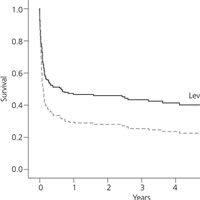
Use of Levosimendan in ICU Settings
Levosimendan has been demonstrated to have potential utility in a range of critical illness scenarios. It must be acknowledged, however, that in each sphere of application, the evidence is incomplete or indicative rather... read more

How Should We Treat Acinetobacter Pneumonia?
The optimal treatment for multidrug-resistant A. baumannii pneumonia has not been established. New therapeutic options are urgently needed. Well designed, randomized controlled trials must been conducted to comprehensively... read more

Transport of a Prone Position ARDS Patient
Critical care transport of prone acute respiratory distress syndrome (ARDS) patients is a feasible and cost-effective intervention that will help prevent treatment delays and interruptions. A nonphysician critical care... read more

Should fecal microbial transplantation be used in the ICU?
FMT has become an attractive option to mitigate multiple organ dysfunction in the ICU. This article discusses the physiology, rationale, early experience, and expectations for such therapy in the critically ill patient. The... read more
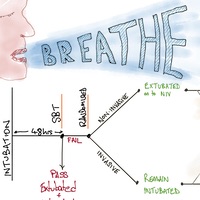
Effect of Protocolized Weaning With Early Extubation to Noninvasive Ventilation vs Invasive Ventilation
This complex randomized, controlled trial failed to demonstrate that early extubation to non-invasive ventilation reduced the total time of mechanical ventilation. I will continue to extubate early and will use non-invasive... read more
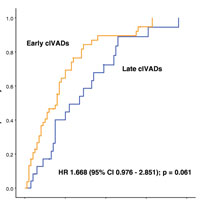
Impact of timing of continuous intravenous anesthetic drug treatment on outcome in refractory status epilepticus
Patients with refractory status epilepticus (RSE) treated with continuous intravenous anesthetic drugs (cIVADs) may benefit from early initiation of such therapy. When cIVADs are applied in RSE, prescribing them early... read more




